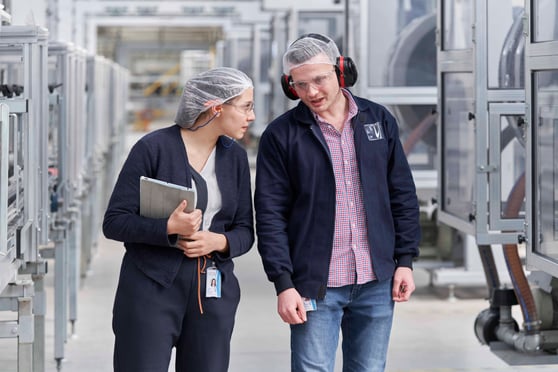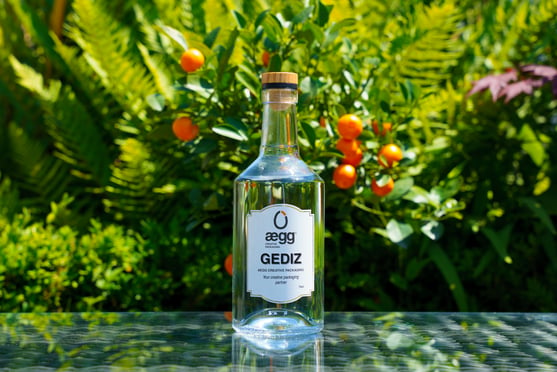The Glass Manufacturing Process
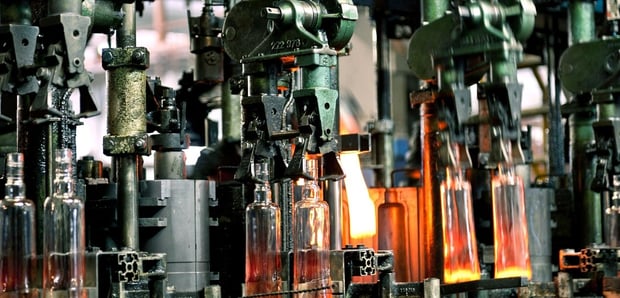
Dean Hayes, Aegg's Glass Technical Manager, describes the process...
I discuss the press and blow process only here as this is the technology that is used for many of Aegg’s products.
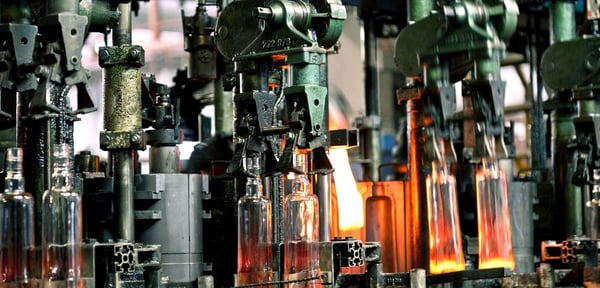
The press and blow process
Press and blow is a two stage operation.
Glass is a super cooled liquid.
Once the raw materials are melted in the furnace the glass channels its way through the foreheath. The foreheath are conditioning zones, cooling the glass to enable it to be at optimum temperature prior to the formation period. The glass temperature is typically around 1100 to 1200 degrees at this stage.
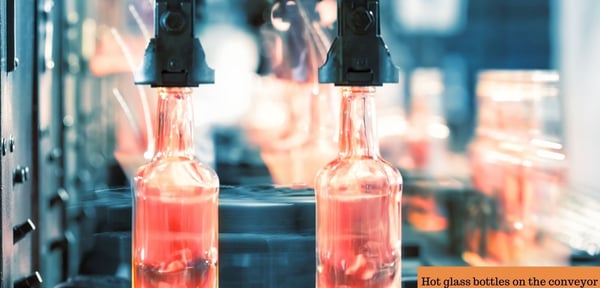
Glass then enters the spout bowl. This is cylindrical in shape and rotates to keep the glass in the optimum condition.
In the spout bowl there are 2 plungers moving up and down and these plungers force the glass through the orifice, with shear blades cutting the gobs of glass. A gob of glass is a measured weight of glass and can be adjusted by lifting or lowering the plungers to control the amount of glass flow. Once this process is complete the gob of glass is gravity fed into the IS machine.
IS stands for Independent Section. On double gob operation each section produces 2 glass containers at a time. There are several machine sizes: single gob, double and in recent years technology has improved and there are triple and quadruple gob machines.
The gob is gravity fed into the IS machine and is guided by troughs and deflectors directing the gob of glass into the blank mould. It enters the blank mould and the plunger forces the glass into the blank shape. The ring is also formed at this stage. Once the process is complete the ‘parison’ (a rounded mass of glass) is formed and this is the first stage of the operation.
The parison is then inverted in the mould, the blow head is applied and the parison is blown to the shape of the mould. The take out tongs then lift the container from the open mould and place it onto the dead plates where air is blown in from underneath. The glass is still soft at this stage and wiper arms then sweep the containers onto the machine conveyor. The container is now produced.
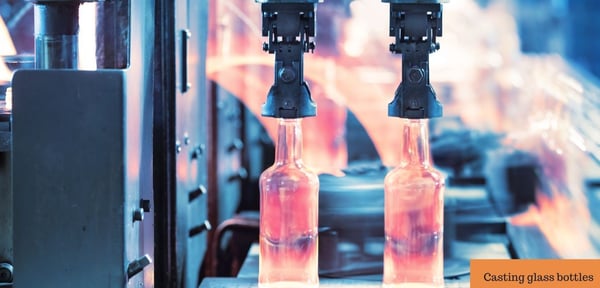
To keep the mould equipment lubricated a machine operator will periodically swab the moulds and blanks. This process is completed approximately every 20 minutes.
Once complete the containers travel along the machine conveyor and pass through a coating hood; a vaporised coating is applied to the container. The glass is then stacked into a lehr (an oven), for the annealing process.
At this stage the glass is highly stressed and if the annealing process did not take place the glass would implode. The glass travels through the lehr, passing several zones. The first 2 zones are referred to as soak zones where the glass is heated back up to above 500 degrees and then gradually cooled to eliminate all the dangerous amounts of stress in the glass. When the glass reaches the end of the lehr it will travel round the inspection line prior to being packed.
In a nutshell, this is the glass making process!
Aegg is a glass supplier and works with customers to produce bespoke glass and rigid plastic food & drink packaging, such as glass jars and glass bottles. Aegg also offers a range of off-the-shelf products. For more details about our glass packaging offering, please click here: Glass at Aegg, or do get in touch to discuss your requirements further contact Aegg
You may also find this article of interest: https://www.thomasnet.com/articles/materials-handling/glass-bottles-made/

